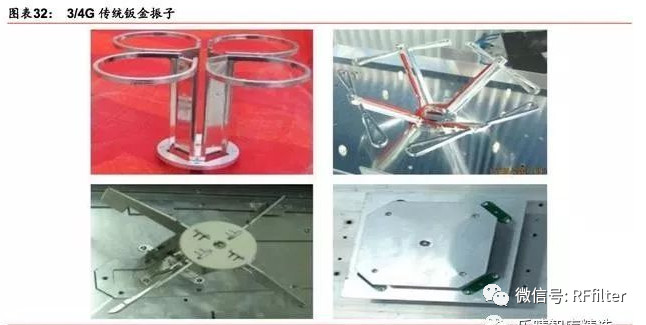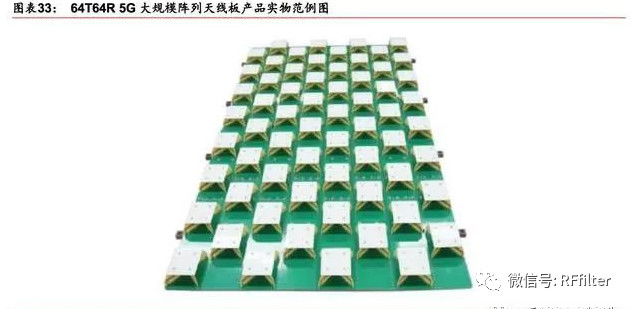The antenna array is the core component of the antenna. Depending on the shape of the antenna, the forms of antenna elements also vary greatly, including rod-shaped, planar-shaped, etc. According to the processing technology, the main materials include sheet metal, PCB, plastic, etc. For traditional 4G antenna elements, metal sheet metal is the main material.

Massive-MIMO requires more antenna elements.
According to the tests conducted by equipment manufacturers, in areas with high capacity at hotspots, 64-channel antenna equipment should be prioritized. Additionally, since a 192-element antenna has a 1.7dB improvement in coverage capability compared to a 128-element antenna, current equipment manufacturers' tests have mostly adopted 96 dual-polarization antenna elements, which amounts to 192 antenna elements.
Compared to the existing 4G networks (depending on the number of antenna channels, it is generally 10-40 antenna elements), the number of antenna elements in 5G will increase significantly.
Although it is easier to reduce the spacing between antenna elements in the high-frequency band to achieve multi-antenna design and miniaturization of the product, its complexity will still significantly increase compared to the existing antenna products. As shown in the figure below, this is a prototype schematic of the 5G large-scale antenna array.

Plastic antenna elements may become the preferred solution.
The main processing methods for antenna elements include metal casting/plate forming, PCB mounting, and plastic elements. In the 4G era, more often the metal casting/plate forming method was used for processing, and the assembly relied more on manual labor, resulting in low efficiency.
In the 5G era, due to higher frequency bands and the adoption of Massive-MIMO technology, the size of antenna elements becomes smaller and the number increases significantly. Considering the antenna performance and the installation issues of AAU, the plastic antenna element solution has certain comprehensive advantages.
The market size of antenna elements is expected to reach 6.41 billion yuan.
Assuming a site requires three sides of antennas, if the mainstream single-side antenna solution in the future adopts 192 elements, it means that a site would need 3 * 192 = 576 elements.
AFU TELECOM is a Wireless Telecom Solution Expert with professional supporting on our customers' business globally. AFU TELECOM is always focusing on and specializing in O-RAN, Marco Cell, Small Cell, Active DAS, Public Safety and Optics Network Solutions including Antennas, Filters/Combiners/TMAs, RF Repeaters, Optics Devices and Site Accessories, especially AFU Core Team are very professional in Wireless Telecom with rich experience on our product portfolios. The Highest Priority of AFU TELECOM is Customers' Satisfaction and Product Quality. AFU MISSION IS TO CONNECT EVERYTHING!

